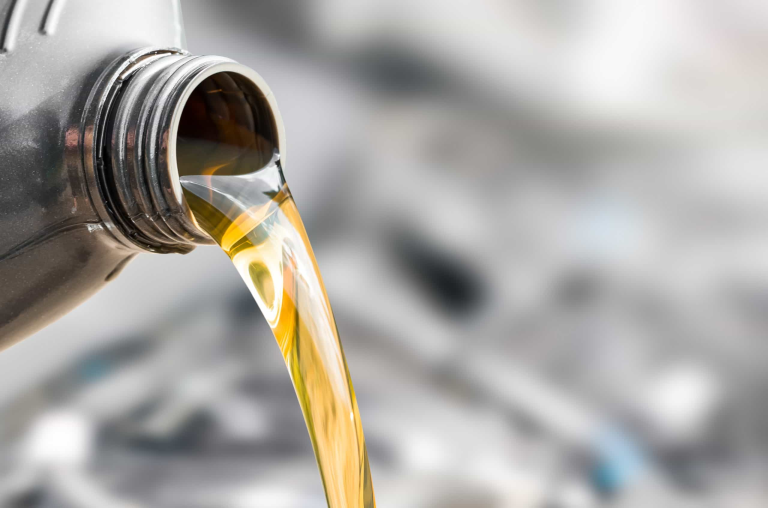The world of vaping is often shrouded in misconceptions and conflicting information. As vaping gains popularity as an alternative to smoking, it’s crucial to distinguish between myths and facts to make informed decisions about its impact on health. This article aims to debunk common myths and present accurate facts about elf bar vape and other devices.
Myth: Vaping is completely harmless
Fact: While vaping is generally considered less harmful than smoking traditional cigarettes due to the absence of combustion and tar, it is not entirely without risks. E-liquids contain nicotine, an addictive substance that can have various health effects, including raising blood pressure and increasing the risk of cardiovascular issues.
2. Myth: Vaping is just water vapor
Fact: The vapor produced by e-cigarettes is not water vapor; it is an aerosol that consists of fine particles suspended in the air. This aerosol contains not only nicotine but also other potentially harmful chemicals, although usually in lower amounts than traditional cigarette smoke.
3. Myth: Secondhand vaping is harmless
Fact: Secondhand exposure to e-cigarette aerosol is not harmless. While it generally contains fewer harmful substances than secondhand smoke from cigarettes, it still poses risks, especially for vulnerable populations like children and pregnant women. More research is needed to fully understand the health implications of secondhand exposure.
4. Myth: Vaping doesn’t lead to nicotine addiction
Fact: E-liquids often contain nicotine, and using vaping devices can indeed lead to nicotine addiction. Nicotine is highly addictive, and individuals who start vaping with nicotine-containing e-liquids may find themselves becoming dependent on nicotine.
5. Myth: Vaping helps quit smoking successfully
Fact: While some smokers have successfully used vaping as a tool to quit smoking, the evidence of its long-term effectiveness as a smoking cessation aid is mixed. More research is needed to determine the most effective strategies for quitting smoking, and individuals should consult healthcare professionals for personalized guidance.
6. Myth: Formaldehyde levels in vapor are dangerous
Fact: Concerns have been raised about the potential formation of formaldehyde, a carcinogenic compound when vaping at extremely high temperatures. However, these levels are typically associated with unrealistic usage scenarios and are not a significant concern for regular vapers who use their devices as intended.




